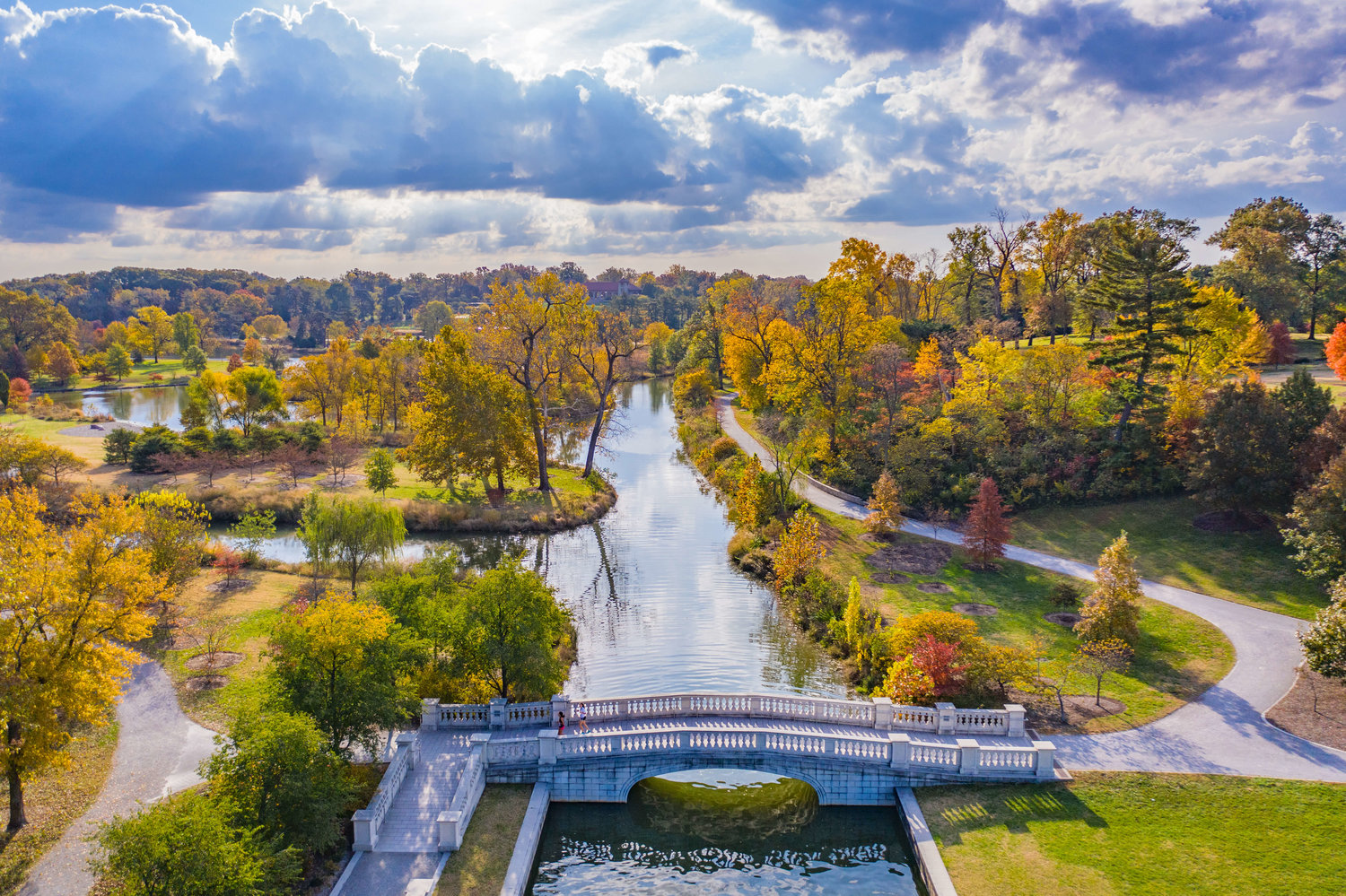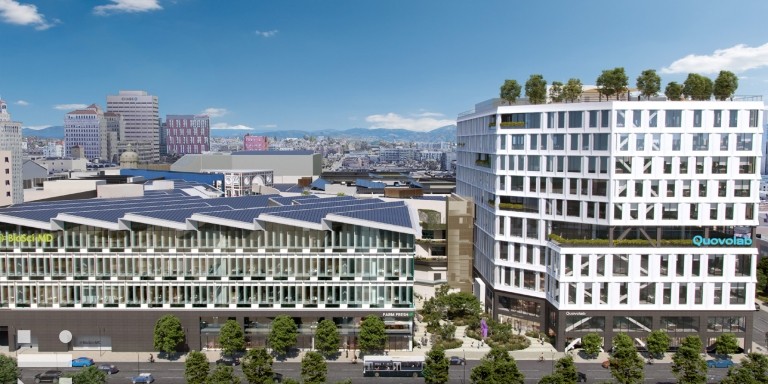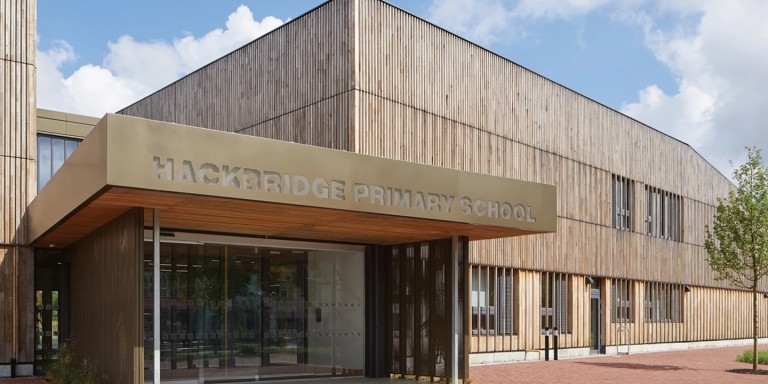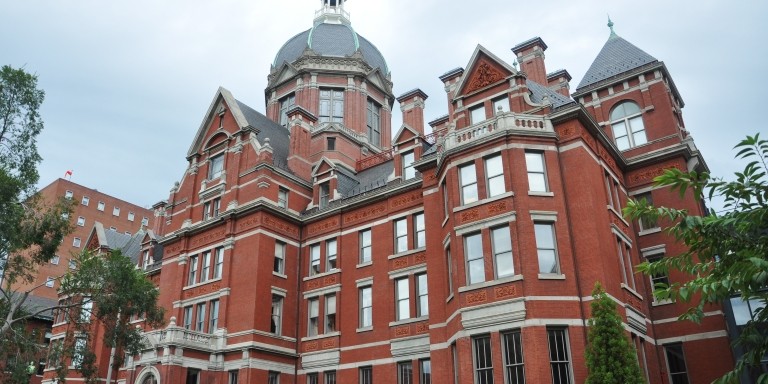Designing Modern Park Facilities: Part 1 of 3 Internal and External Building Components – The Unsung Heroes of Park Facilities

The National Recreation and Park Association (NPRA) estimates that Americans visit their local parks and recreation facilities an average of 29 times per year. Forest Park, in St. Louis, attracts 13 million visitors annually, and one-day events such as the Great Forest Park Balloon Race attracts thousands of visitors in a single day.
With this type of high usage by the general public, it’s no wonder that park facilities, such as pavilions and comfort stations, can take a real beating and be the unfortunate targets of graffiti and other types of vandalism.
From an architecture and engineering perspective, designing park and recreation facilities is a challenging but rewarding task, especially when their structures are put to the test and successfully survive the rigors of visitors, time, and the elements.
This brings us to part one of our three-part series – internal and external building components, the real unsung heroes of park facilities serving as the backbone of solid park design:
-
Non-absorbent, no-smell interiors with appropriate finishes and fixtures for longevity and ease of maintenance
-
Maintenance-free, graffiti-resistant building materials and finishes with appropriate barrier coatings to promote preventative maintenance such as non-stick, non-mark paints and coatings or polyurethanes
-
Durable, exterior grade, high-performance light fixtures with freeze-proof components and vandal-resistant lenses
-
Vandal-resistant, National Fire Protection Association (NFPA) compliant electrical power and distribution systems properly bonded and grounded within rigid water-tight conduits and incorporation of lightning protection systems with the ground grid
-
Environmentally-friendly composting toilets for non-urban parks that treat human excreta by composting or aerobic decomposition that eliminates clogged toilets and flooded bathrooms
-
Green eco-friendly mechanical, electrical, and plumbing systems that provide high performance and low operating costs as well as low maintenance and easy serviceability
-
ADA Standards for Accessibility for use by individuals with disabilities per the Code of Federal Regulations
-
Mechanical, electrical, and plumbing utility infrastructure components (utility sinks, hose bib, trench drains, floor drains, and electric outlets) that are placed in hard-to-reach areas for the general public, yet easily accessible to maintenance personnel
Ross & Baruzzini recently designed a new concession stand/comfort station and pavilion for the City of St. Louis Forest Park that successfully integrates the aforementioned design features, resulting in practical structures built to withstand high usage for many years to come.
Stay tuned for part two of our three-part park series which compares urban vs. rural park planning from architect/engineer and local landscape architect perspectives.
Main photography via Forest Park Forever.
Related News
-
Mar 29, 2024
An Urban Renewal Blueprint: Transforming Horton Plaza
Insights & Perspectives -
Mar 29, 2024
Hackbridge Primary School: Lessons Learned from Post-Occupancy Evaluation
Insights & Perspectives -
Mar 19, 2024
Johns Hopkins University Decarbonization Roadmap Sets Standards for Education Campuses to Follow
Insights & Perspectives


